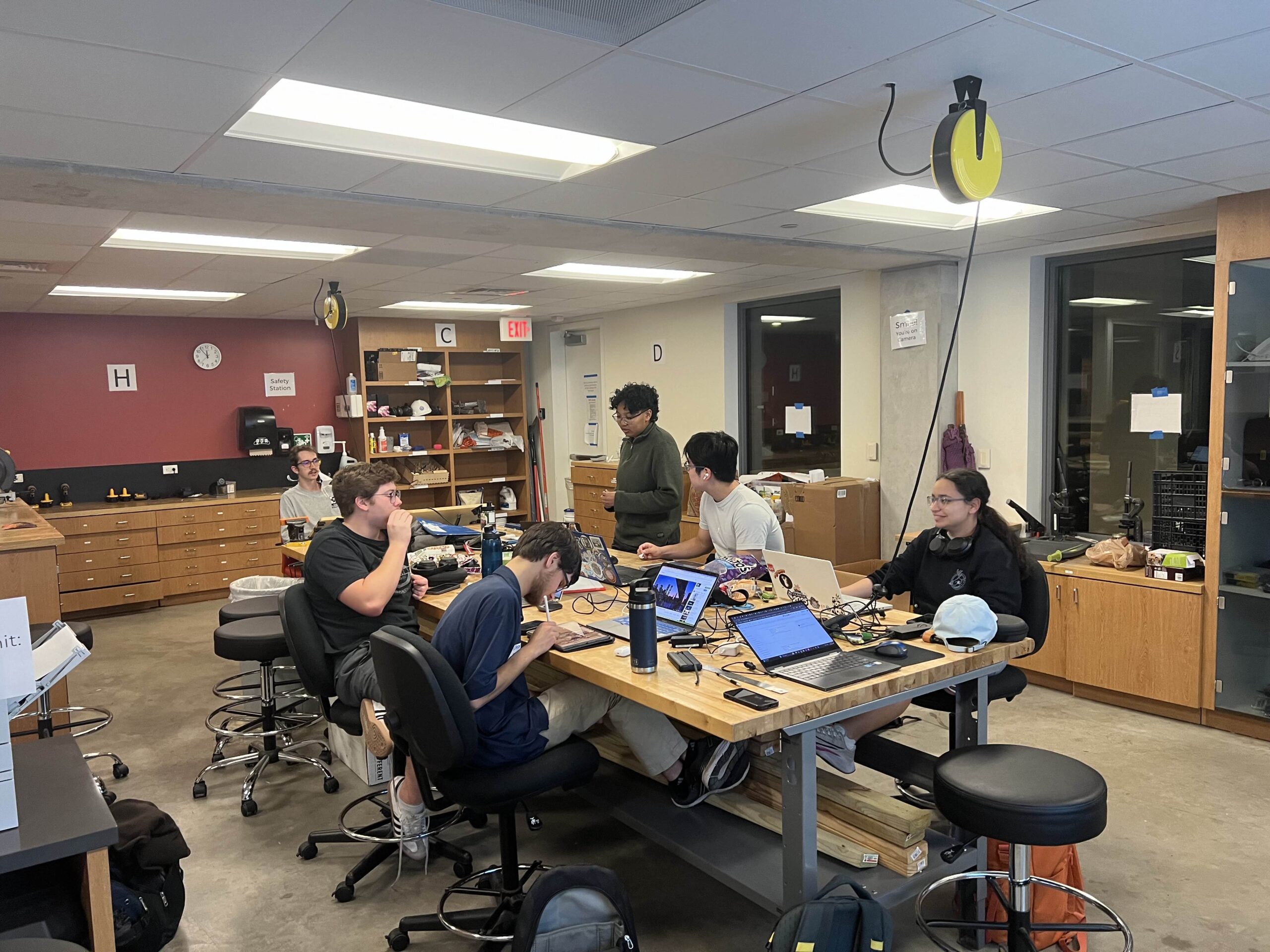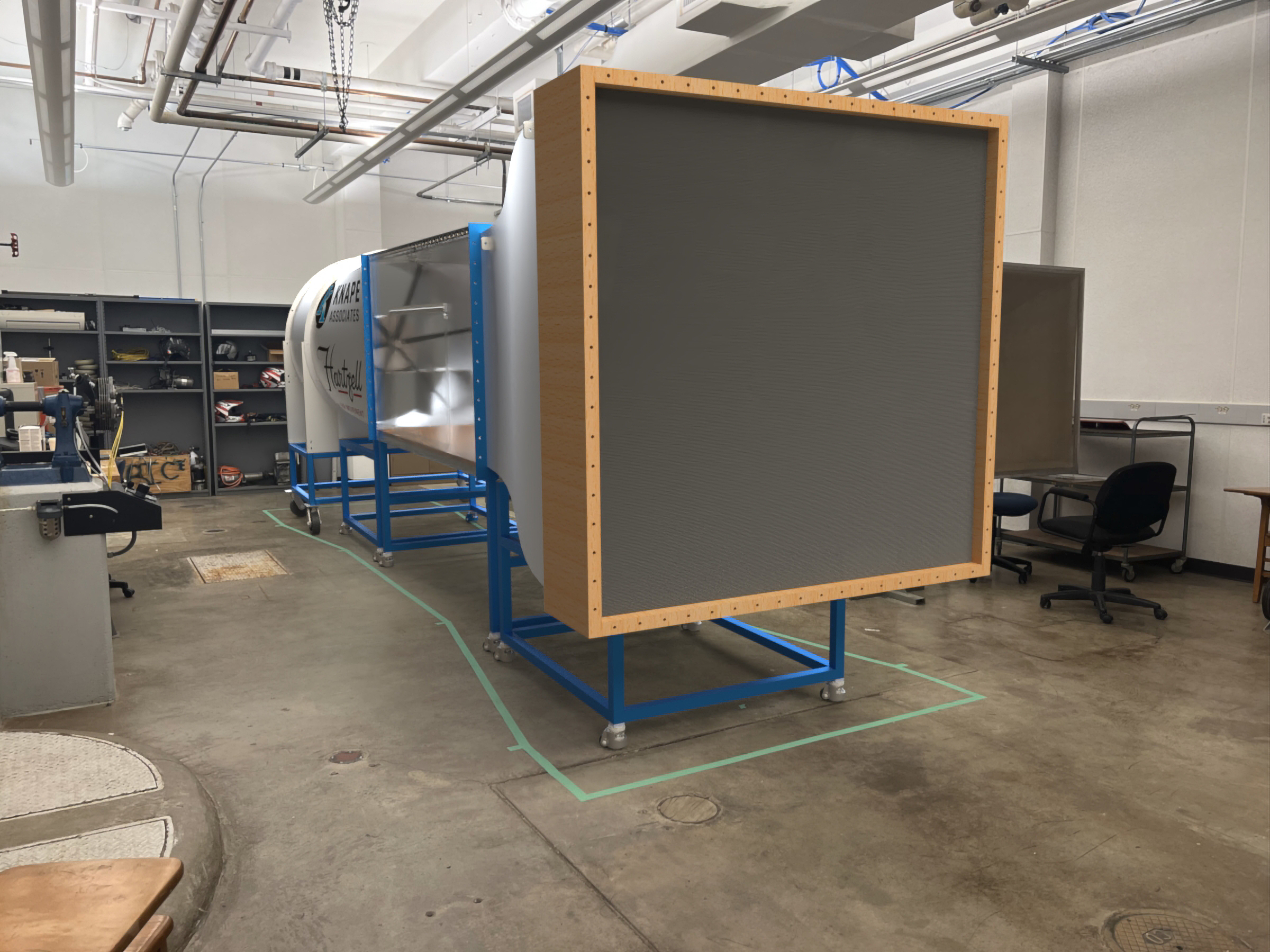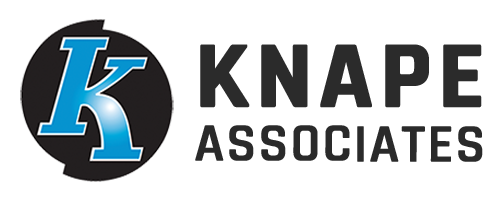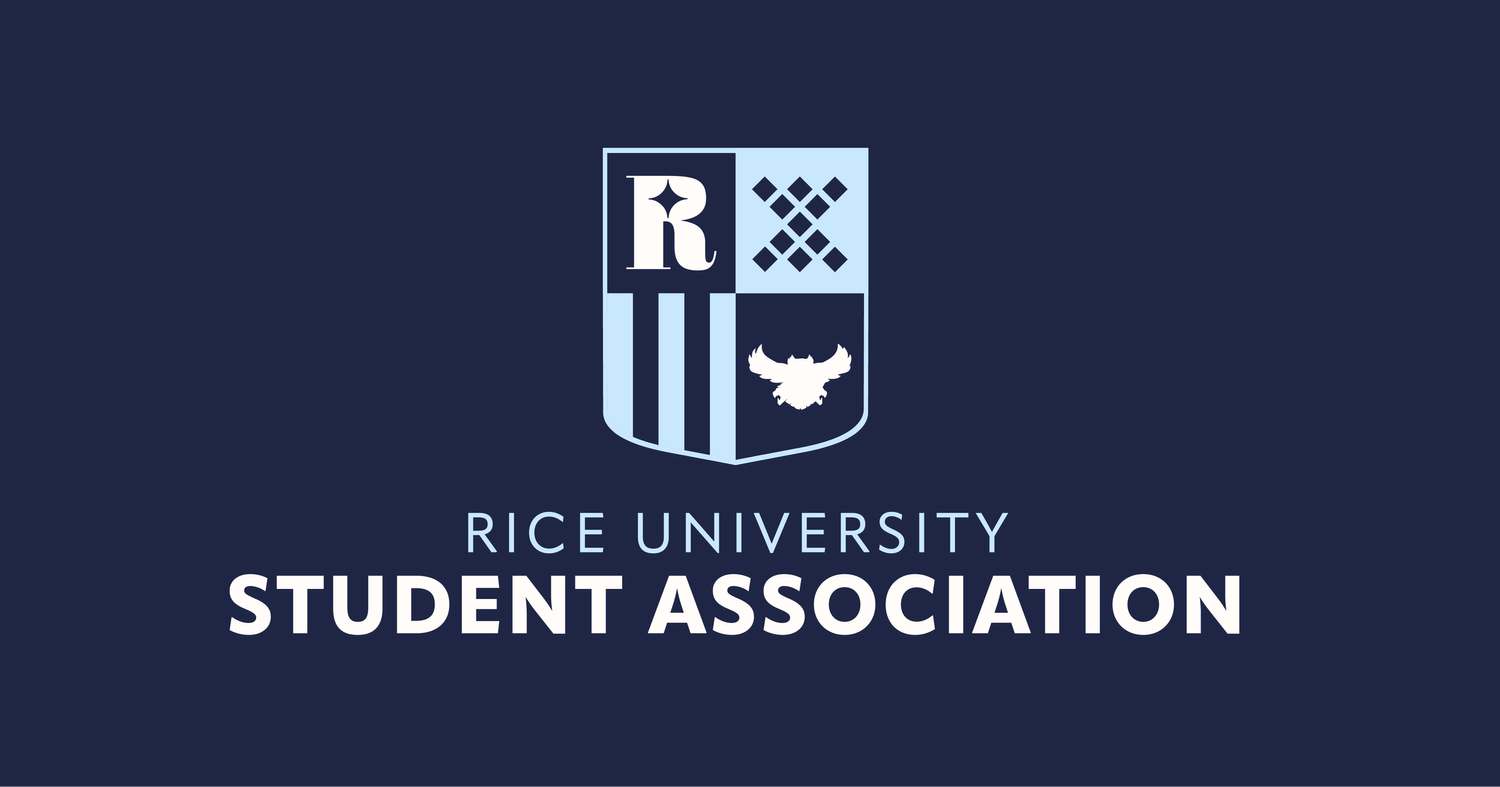Our Mission
Deliver Innovation Today.
Enable Innovation Tomorrow.
Through the New Rice Wind Tunnel, Team Ánemos hopes to expand the testing capabilities of student design teams, enhance undergraduate lab instruction, and open new doors for renewable energy, civil engineering, and aerodynamics research previously impossible at Rice.

Our Motivations
The Current Rice Wind Tunnel
After speaking with Rice Engineering faculty, current School of Engineering students, and leaders across some of the most prominent undergraduate student design teams at Rice, Team Ánemos reached the conclusion that the current wind tunnel at Rice is simply no longer able to adequately support the needs of undergraduate student education and development.
With a small testing cross section (1.3 ft. x 1.3 ft.), an absence of any flow-straightening design elements, and dated instrumentation and controls, the current wind tunnel is not only limited in terms of what can physically be tested, but also critically lacks the flow quality needed to support academic work in research and engineering design.
With the limitations of the current equipment in mind, Team Ánemos is excited to propose a wind tunnel that would not only directly address these shortcomings, but open up numerous new possibilities across all levels and fields of engineering.
The New Rice Wind Tunnel will feature a much larger and more accessible 4 ft. x 4 ft. cross section, a precise digital interface and control system, and an integrated data collection system—a design Team Ánemos believes will open many new doors for renewable energy, civil engineering, and aerodynamics research currently impossible with the existing wind tunnel. In addition, it will greatly expand the testing and design capabilities of undergraduate design teams such as Rice Wind Energy, Rice Eclipse, Rice Flight, and Rice Electric Vehicle, significantly enhance curricular undergraduate labs, and serve as a strong attractor for future grants and faculty.
The New Rice Wind Tunnel

Fostering Innovation in Future generations
Lasting Widespread Impact
As students build innovative turbines, rockets, planes, automobiles, and many more devices, they also gain valuable skills in design and testing. These teams, fostering hands-on iterative and interactive learning, form a large part of undergraduate students’ academic and leadership development.
Team Ánemos conservatively estimates the number of direct beneficiaries from an improved wind tunnel would easily exceed 200 people per year across undergraduate design teams and engineering curricular labs alone, with that number growing much larger when research-focused use cases are factored in.
The impact of the New Rice Wind Tunnel could even extend beyond engineering and into fields such as Environmental Science and Biology, where modern wind tunnels are often used to help perform tasks such as studying urban air-particle/pollutant dispersion effects, simulating airflow through human airways, and studying flight characteristics of avian species.
Through these channels and many more yet to be uncovered, the New Rice Wind Tunnel will act as a harbinger of innovation and invention at Rice University for many years to come.
Sponsors and Partners









